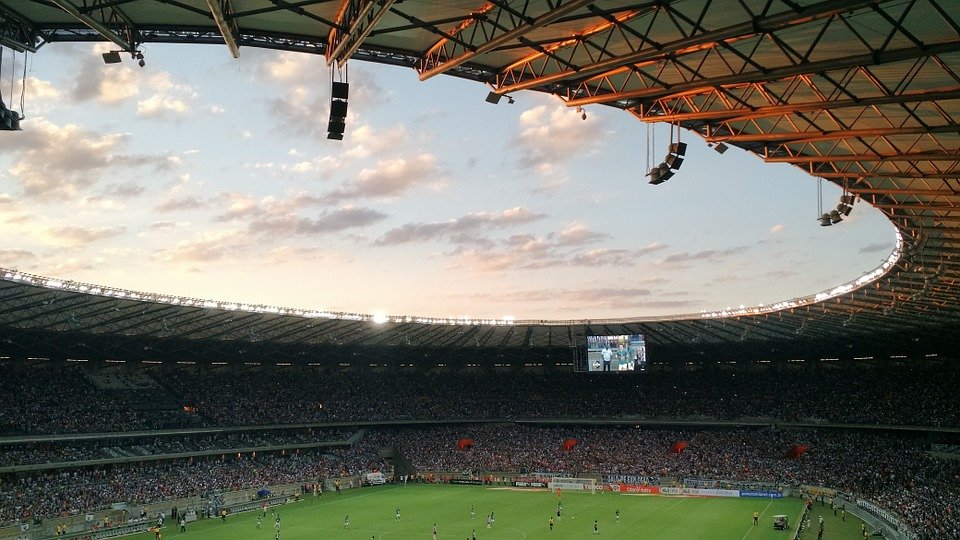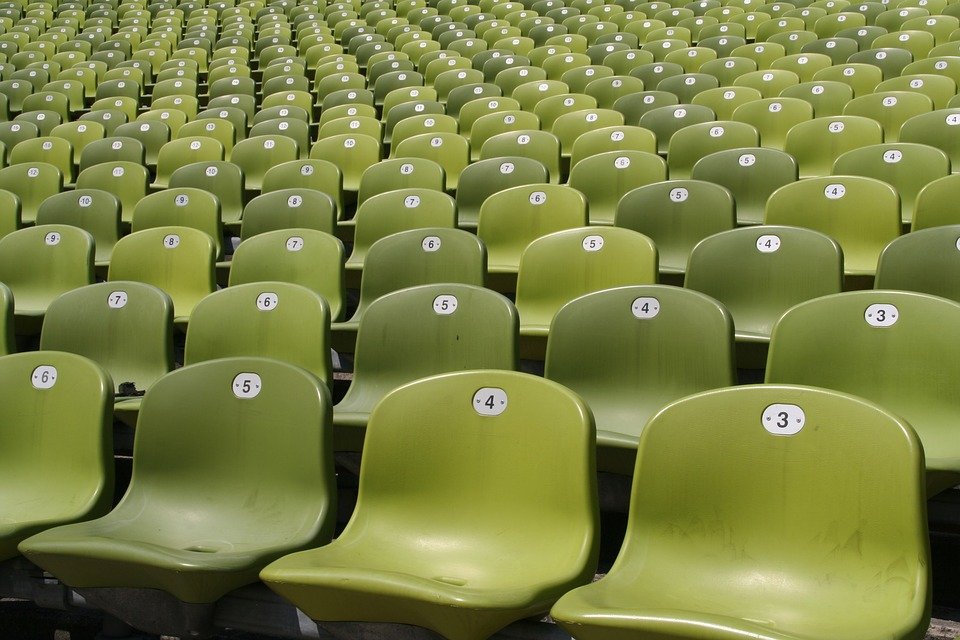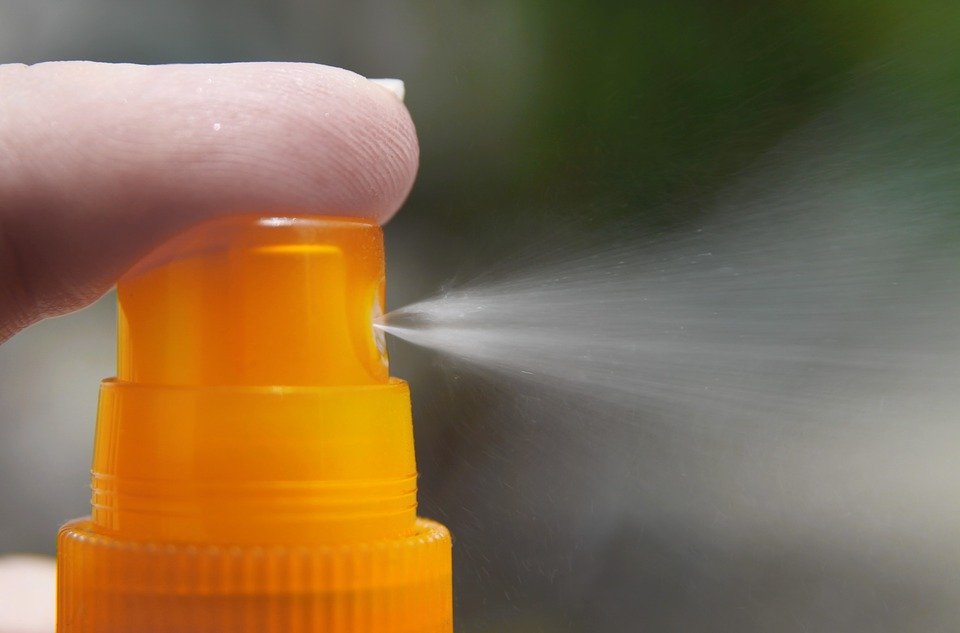Safer summer sports for stadium staff

Health and safety at sports stadiums involve many different aspects. Paul Jakeway, Marketing Director at skin care expert Deb, explains why providing UV protection to stadium staff should be one of them.
Whether it is tennis, rugby, cricket or the start of the football season – summer is a great time for stadium sports, with large numbers of fans flocking to venues all over the country to see their favourite teams, players, and athletes.
Away from the public eye, health and safety managers and their teams are working hard to ensure that visitors, staff, and athletes are safe.
There are many aspects to this. But while crowd management, fire safety, and facility maintenance tend to get plenty of attention, something that does not feature very highly on the list of priorities is providing UV protection to stadium staff.
Why is that the case? It is widely known that unprotected exposure to the sun causes skin damage. Ultimately, we know, it can lead to skin cancer. In open facilities such as stadiums, the time spent working outside can be considerable.
For stadium staff, this comes with a risk, especially during the summer months. The IOSH No Time To Lose Solar Campaign estimates that every year, 1,700 people develop skin cancer from sun exposure at work. That is the equivalent of five people a day.
There are many misconceptions when it comes to UV protection. For example, it is often wrongly assumed that the sun has to be shining for your skin to be damaged, when in fact 100% of UVA rays pass through clouds, meaning sun protection is crucial even on overcast days.

It is also wrongly assumed that one application of sun cream is enough to withstand an entire day’s sun exposure, when in fact, it must be liberally reapplied every two to three hours.
Interestingly, when outdoor workers are on holiday, 90% apply sun cream. But, when it comes to their everyday work, this drops to just 59%. Workers may feel that the threat of sun damage is minimal when in the UK, home to a typically cooler climate, or it could simply be something which they choose not to prioritise when busy at work.
But employees neglecting to apply sun cream, wear enough protective clothing, or take breaks in the shade are only half the story. Employers have a Duty of Care to protect their employees from hazards in the workplace, and according to guidelines from the Health & Safety Executive (HSE), UV radiation should be considered an occupational hazard for people who work outdoors.
All too often, however, employers do not live up to this responsibility. In a study IOSH conducted in conjunction with the University of Nottingham, 70% of employees said they had never received any training on the risks of working in the sun.
The good news for health and safety managers is that the implementation of an effective UV protection regime in facilities such as sport stadiums is becoming easier and easier. Modern sun cream dispensers can be strategically placed in the building – for instance in staff rooms and near doors used by employees to move between the inside and the outside of the venue.
These days, many dispensers are customisable. That way, a stadium is able to incorporate its own branding on the equipment. Rather than eyesores, dispensers become opportunities to display logos and slogans around the venue.
The challenge is to integrate UV protection into the everyday working life, turning the application of sun cream from a private endeavour into a communal staff habit. The idea behind this is simple: workers who see other workers take care of themselves are much more likely to do the same.
Such a change in behaviour does not happen overnight, though. A detailed introduction – informing staff about the risks of unprotected sun exposure and giving them practical advice on how they can protect themselves – should be followed by an ongoing effort to engage staff on the issue.
Education on UV protection is not a one-off event; it is a constant conversation. Regular presentations or staff meetings can help to keep it going, while posters or freely available leaflets and brochures are a good way to raise awareness on a day-to-day level.
Health and safety professionals can get help with the planning and implementation of their UV protection regime from organisations specialising in the issue.
Skin cancer charity Skcin, for example, offer a dedicated accreditation scheme, which gives employers access to a comprehensive range of free resources to help educate their employees on all aspects of skin cancer prevention and early detection.

Skcin advises companies to conduct a detailed internal risk assessment first, and then implement protection measures. A proper training programme is crucial, says the charity. Ideally, all this should then be formalised into a fully-fledged Sun Protection Policy.
The benefits could be enormous. Skin cancer continues to be the most common cancer in the world – at least 100,000 new cases are now diagnosed each year, says the British Skin Cancer Foundation, and the disease kills over 2,500 people each year in the UK.
And yet, 90% of skin cancer deaths could be prevented if exposure to UV rays were controlled, according to IOSH. This fact alone should make UV education a priority for health and safety professionals.
Neglecting it, on the other hand, could have serious financial costs: as the HSE points out, affected employees can be an enormous burden for employers who are left with sickness absence, recruitment, training, and compensation expenses.
The implementation of a UV protection regime – combining strategically placed dispensers with dedicated training and education programmes – could help sports stadiums to prevent these costs.
There could be an even bigger opportunity. Once in place, a UV protection system could be extended – from those working in the stadium to those who use it as athletes.
Offering such a service could become an attractive selling point for a sports venue – reflecting positively on its brand, and communicating an image of caring hospitality. Forward-thinking health & safety professionals who take UV protection seriously might be able to reap benefits for a sports stadium on more than one level.
Safer summer sports for stadium staff
Health and safety at sports stadiums involve many different aspects. Paul Jakeway, Marketing Director at skin care expert Deb, explains
Safety & Health Practitioner
SHP - Health and Safety News, Legislation, PPE, CPD and Resources Related Topics
AI helping to make American football safer for players by better understanding injuries
‘It’s time to tackle skin problems in the construction industry’
A third of outdoor workers don’t apply sun cream, new research has found



